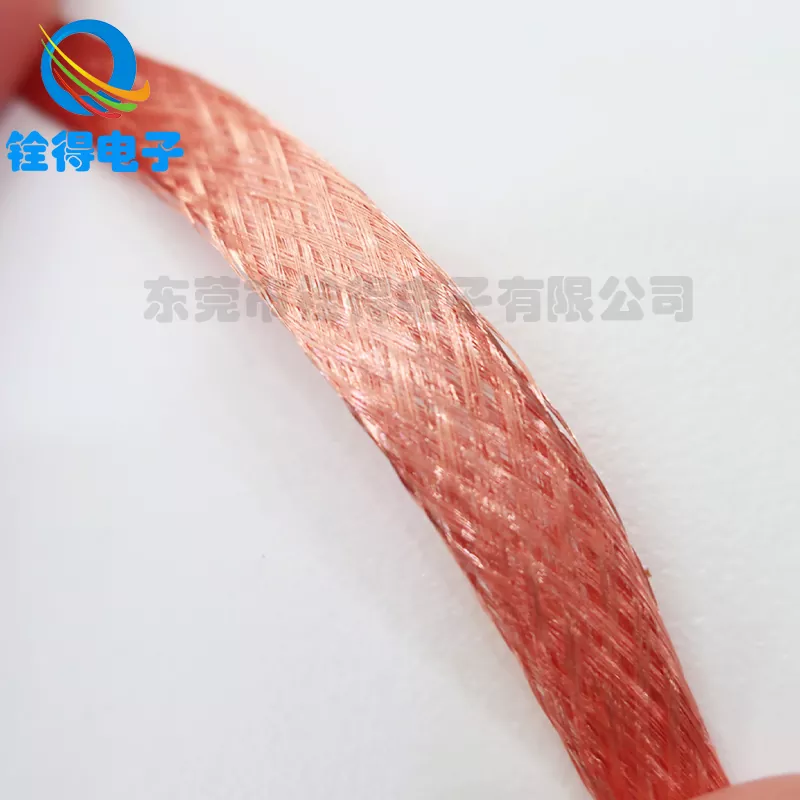Flat Copper Conductive Tape
Send Inquiry
Flat copper conductive tape is a copper material used for electrical conduction. Flat copper conductive tape is usually flat in shape, which increases the surface area and helps to better transmit current in some occasions with high requirements for conductivity. It is generally made of red copper or tinned copper. Red copper itself has excellent conductivity, while tinned copper has better anti-oxidation and corrosion resistance. It is widely used in the fields of electrical equipment connection and distribution cabinets. For example, it is used to connect the high and low voltage sides of transformers. As a flexible conductive connector, it can compensate for the displacement caused by thermal expansion and contraction between equipment and ensure the stability of conduction.
- Electrical connection conductive tape: various specifications, ranging from a few square millimeters for small electronic equipment to dozens or even hundreds of square millimeters for large electrical equipment, such as 6 square millimeters for general distribution cabinet connection, and 50 square millimeters and above for connection between large transformers and distribution cabinets.
- Grounding conductive tape: The specifications are generally determined according to the grounding system requirements and equipment power, and are commonly 16 square millimeters, 25 square millimeters, 35 square millimeters, etc. Large substations or high-voltage equipment grounding may require 50 square millimeters or more conductive tape.
- Electromagnetic shielding conductive tape: The specifications are determined according to the shielding requirements and equipment size, with a width ranging from a few millimeters to tens of millimeters, and a thickness of about 0.1 mm - 1 mm. For example, FFC flexible flat cables have 23 cores, a spacing of 0.5 mm, and a length of 50 mm, which are suitable for electromagnetic shielding of internal circuits of electronic equipment.
Quande manufacturers not only ensure the quality and quantity of their products, but also use multiple protections for their packaging to prevent products from being damaged during transportation.






















